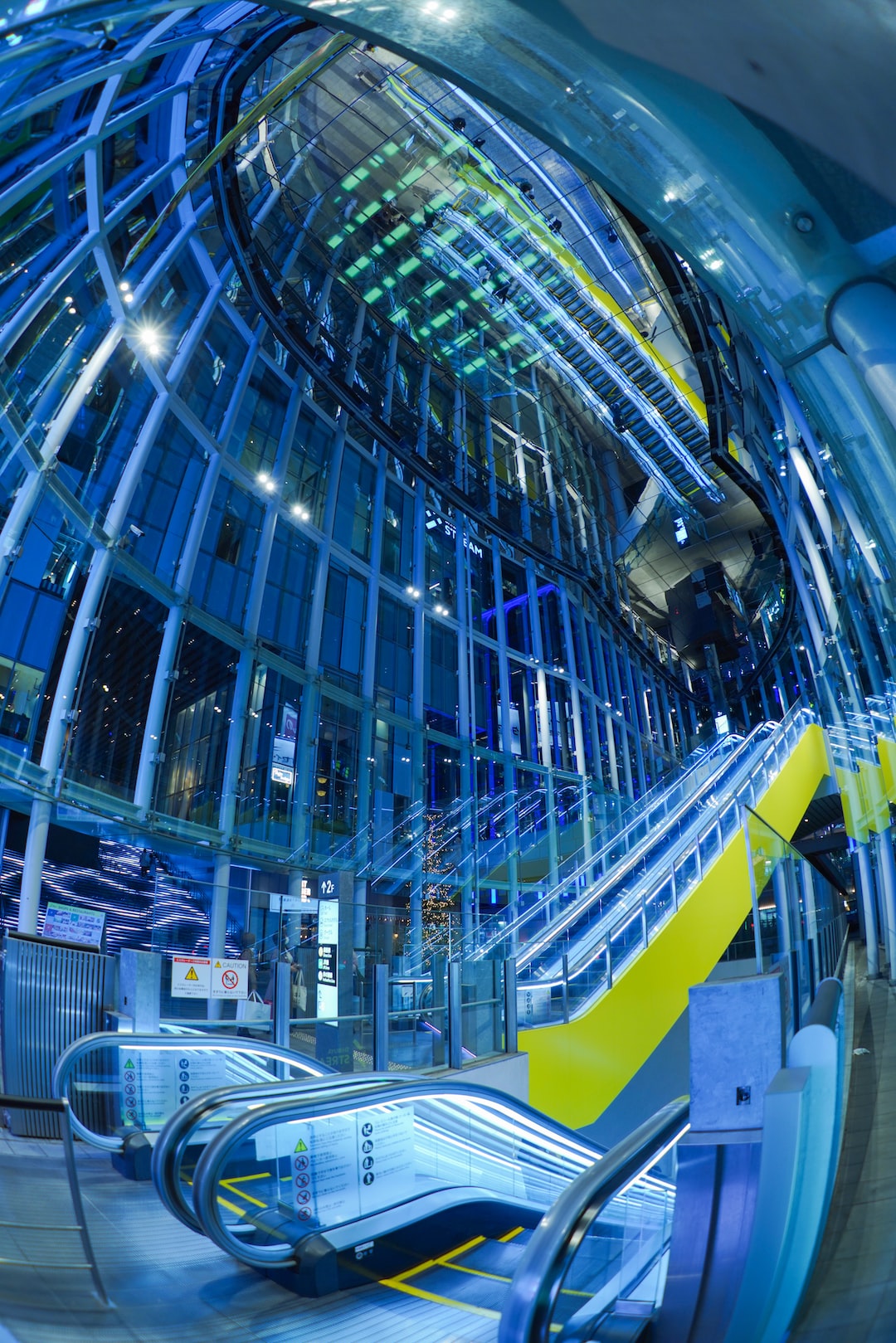Enhancing Human-Machine Collaboration in Manufacturing
The manufacturing industry has undergone significant transformations in recent years, largely due to advancements in technology and the rise of automation. Machines and robots have become an integral part of the manufacturing process, bringing efficiency and precision to tasks that were once performed solely by humans. However, instead of replacing human workers, these technological advancements have paved the way for a new era of collaboration between humans and machines.
Human-machine collaboration in manufacturing achieves the best results by leveraging the strengths and capabilities of both parties. By combining human creativity, problem-solving abilities, and critical thinking with the speed, precision, and operational efficiency of machines, manufacturers can achieve higher levels of productivity and product quality.
One of the key ways to enhance human-machine collaboration is through the implementation of advanced robotics and autonomous systems. These systems can perform repetitive tasks with high accuracy and speed, freeing human workers from mundane and physically demanding work. This allows humans to focus on more complex and creative tasks that require their expertise, such as process optimization, quality control, and innovation.
Another important aspect of enhancing collaboration is the integration of artificial intelligence (AI) and machine learning algorithms into manufacturing processes. These technologies enable machines to continuously learn and improve their performance based on data analysis. By analyzing vast amounts of data, machines can identify patterns, make predictions, and provide valuable insights to human operators. This collaboration allows for smarter decision-making and more efficient production processes.
Furthermore, the use of virtual and augmented reality (VR/AR) technologies can enhance collaboration by providing an interactive interface between humans and machines. Virtual reality simulations enable workers to practice their skills in a safe and controlled environment, reducing the risk of errors and accidents. Augmented reality, on the other hand, overlays digital information and instructions onto the physical environment, guiding workers through complex tasks and providing real-time feedback.
While enhancing human-machine collaboration in manufacturing can bring numerous benefits, such as increased productivity and improved product quality, it is crucial to address potential challenges and concerns. One major concern is the impact on the workforce. As machines and robots take over repetitive tasks, workers need to upskill and transition into more complex roles. Manufacturers need to invest in training programs and provide support to ensure a smooth transition.
Additionally, ensuring the security and privacy of data becomes crucial in a collaborative manufacturing environment. Robust cybersecurity measures need to be in place to protect sensitive information and prevent unauthorized access.
In conclusion, enhancing human-machine collaboration in manufacturing is crucial for driving innovation, productivity, and competitiveness in the industry. By leveraging the strengths of both humans and machines, manufacturers can achieve greater efficiency, quality, and adaptability. However, proper training, support, and security measures must be implemented to address the challenges and concerns associated with this collaborative approach. With the right strategies and technologies in place, human-machine collaboration has the potential to revolutionize the manufacturing industry and create a more prosperous future.

